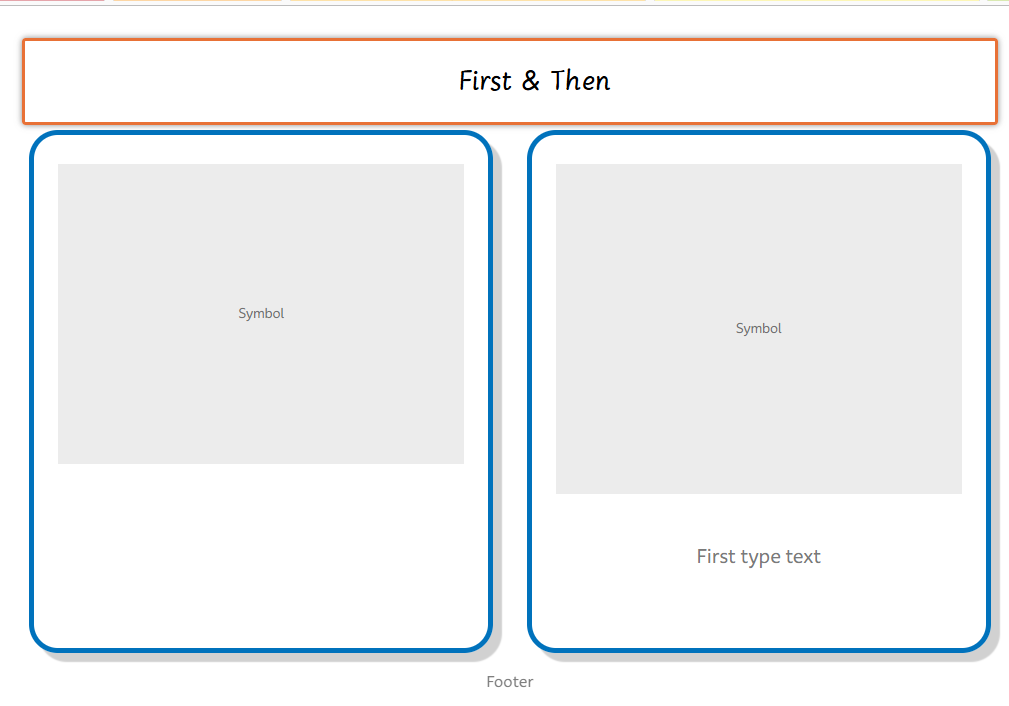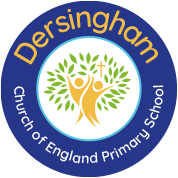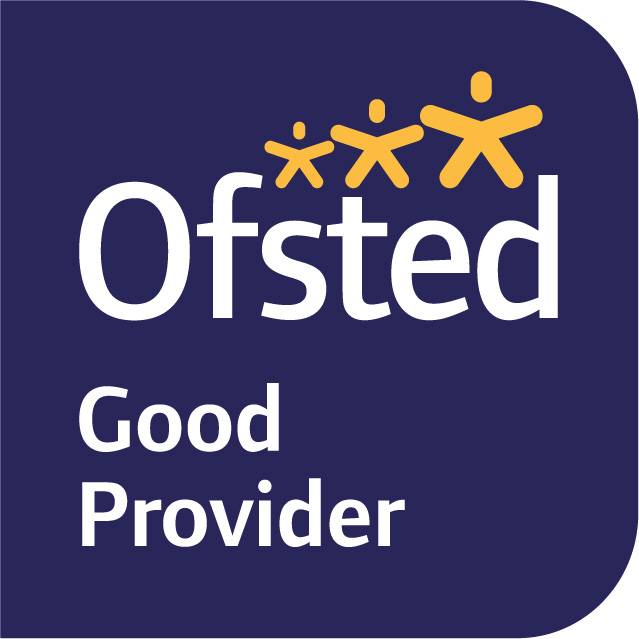Special Educational Needs
At Dersingham VA Primary and Nursery School we strive to support all children to enable them to achieve at school. In order to do this many steps are taken to support them through their learning journey. Quality first teaching is vital. However, for some children there are occasions when further additional support may be needed to help them achieve their targets.
Our job is to help your child achieve the very best they can at school. You know your child best and you may feel that they need some additional help or support for some or all of their time at school.
SEND Local Offer
All Norfolk maintained schools have a similar approach to meeting the needs of pupils with Special Educational Needs and are supported by the Local Authority to ensure that all pupils, regardless of their specific needs, make the best possible progress in school. All schools are supported to be as inclusive as possible, with the needs of pupils with Special Educational Need/s and or disabilities being met in a mainstream setting wherever possible, where families want this to happen. Here is a link to Norfolk’s Local Offer www.norfolk.gov.uk/SEND
The following is to inform you of the types of support available for your child at Dersingham VA Primary and Nursery School. It will help you understand who can help and how this support can be accessed.
We hope any queries you may have will be answered but do not hesitate to contact the school if you have further questions. Our SENDCO is Mrs Jane Kendal (eylead@dersingham.norfolk.sch.uk)
Our School SEN Profile June 2025
Our School SEND Information Report (this is currently being updated)
Special Educational Needs and Disabilities Policy
Special Educational Needs and Disabilities (SEND) Policy
Norfolk SEND Partnership Newsletter - You can download the most recent newsletter here
SEND INFORMATION FOR PARENTS & CARERS
Useful Links
SEND Code of practice: 0 to 25 years - GOV.UK
SEND Local Offer - Norfolk County Council
Advice and Support for families
Family Action: Supporting Families at every age and stage of life
Family Hubs - Norfolk County Council
Parents and carers of children and young people with SEND - Family Voice Norfolk
(IPSEA) Independent Provider of Special Education Advice
Just One Norfolk
Health Advice & Support for Children and Families
Norfolk and Norwich SEND Association (NANSA)
Norfolk SEN Network
Helping families access special needs education - Norfolk SEN Network
Neurodiversity
Supporting the most vulnerable
Norfolk Community Health & Care NHS Trust Neurodevelopmental Service (NDS)/NCH&C
Online Training for Parents
Behavioural support
Norfolk Positive Behaviour Strategies (PBS)
The Solihull Approach - Understanding your child - 0-18yrs
Online Learning - Solihull Approach
Downs Syndrome
Home - Downs Syndrome Association
Dycalculia
Dyscalculia - British Dyslexia Association
The Dyscalculia Association - Understanding Maths Difficulties, Training and Diagnosis
Dyslexia
Strategies for Parents - Dyslexia Outreach Service
Home - The Dyslexia Association - Dyslexia UK
Epilepsy
Children's Epilepsy Nursing Service/NCH&C
Social Emotional and Mental Health
Just One Norfolk - Children & Young People's Emotional Health
Just one Norfolk - School Anxiety
Just One Number
Tel: 0300 300 0123
Kooth
Parentline
Text - 07520 631590
Starfish LD CAMHS and Starfish+/NCH&C
Young Minds/Mental Health Charity for Children & Young People/Young Minds
Sensory Support
Speech and Language
Speech and Language Therapy Service
Parent Portal - Speech and Language
Supporting Siblings
Sensory Circuits
What Are Sensory Circuits?
At school, we know that every child learns and feels their best when their body and brain are ready for the day. One of the ways we help with this is through sensory circuits - a fun, active routine designed to support children's focus, confidence, and emotional wellbeing.
So, what exactly are sensory circuits?
They're short, structured activities that help children regulate their sensory systems. These circuits usually include a mix of movement, balance, and calming tasks. Think of them as a fifteen minute "wake-up routine" for the brain!
Sensory circuits typically include three stages:
Alerting activities - like jumping, skipping, or bouncing to increase energy and attention.
Organising activities - such as balancing, climbing, or tasks that require sequencing and coordination to build concentration and body awareness.
Calming activities - gentle, soothing actions like deep pressure, stretching, or slow breathing that help children feel settled and ready to learn.
Why do we use them?
Because they work! Sensory circuits can help children:
- Improve focus and readiness for learning.
- Feel more regulated and emotionally balanced.
- Build confidence through movement.
- Start the day feeling positive and calm.
They're simple, enjoyable, and tailored to support children with a range of sensory needs - but all children benefit from them.
If you have any questions we'd be delighted to share more. You can even try them at home - just follow the link for more information and fabulous ideas! Sensory Circuits at Home
Together we can help every child start their day feeling grounded, engaged and ready to shine.
Understanding Social Stories & Comic Strip Conversations
At school, we use a range of supportive tools to help children understand the world around them, build confidence, and feel secure in new or tricky situations. Two of these tools are social stories and comic strip conversations - simple, visual ways to help children make sense of everyday experiences.
What are Social Stories?
Social Stories are short, personalised stories that explain social situations in a clear and reassuring way. They hlep children understand what to expect and how they might respond.
They're especially helpful for:
- Preparing for changes in routine
- Understanding rules or expectations
- Managing friendships and social interactions
- Reducing anxiety by making the unfamiliar feel familiar
These stories are written in a positive, supportive tone, focusing on what the child can do and what will happen in a calm, predictable way.
What are Comic Strip Conversations?
Comic strip conversations are simple drawings or diagrams that help children explore social situations step-by-step.
They use speech bubbles, thought bubbles, and stick figures to show:
- What people said
- What people might have been thinking
- How actions and feelings are connected
This visual approach helps children understand difference viewpoints, recognise feelings, and navigate social challenges with more confidence.
Why do we use them?
Both tools help children:
- Make sense of social situations
- Build problem-solving and communication skills
- Reduce worries by increasing understanding
- Reflect on their own feelings in a gentle, supportive way
They are flexible, child-centred, and created with care to meet individual needs - but they're useful for all children, not just those with additional support needs.
If you'd like to learn more or see an example, have a look at the links below.
Together, we can help every child feel understood, supported, and ready to thrive.
What Are First and Then Boards?At school, we know that clear structure and support can make a huge difference for children, helping them feel confident, calm, and ready to learn. One simple, effective tool we use for this is a First and Then Board.
 So, what is a First and Then Board?
So, what is a First and Then Board?
First and Then Board is a visual aid that shows a child what needs to happen first and comes next. It breaks tasks or routines into two clear steps, helping children understand expectations and focus on completing them.
It's a simple idea, but is can be very powerful - especially for children who benefit from visual support or who find transitions tricky.
What does it look like in practice?
First: a picture or symbol of the activity or task the child needs to do, eg:
"Writing"![]() "Maths"
"Maths"![]()
- Then: a picture or symbol of the reward or next activity, e.g.,
"Playtime"
"Reading"

"Computing"

These board can be used for classroom, routines, specific learning tasks, or even helping children prepare for changes in their day.
Why do we use First and Then Boards?
Because they help children:
- Understand what is expected of them
- Complete tasks more independently
- Manage transitions with less anxiety
- Stay motivated and engaged
- Celebrate success and feel proud
They're simple, visual and child friendly - and they give children a sense of control and clarity over their day.
Would you like more information? Please follow the link First and Then Board
If you'd like to see an example of a First and Then Board or learn how to use one at home, we'd be happy to show you. Together, we can help every child feel confident, supported and ready to succeed.

